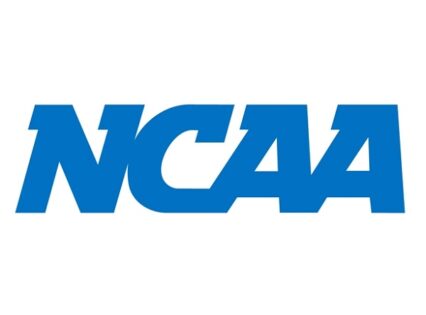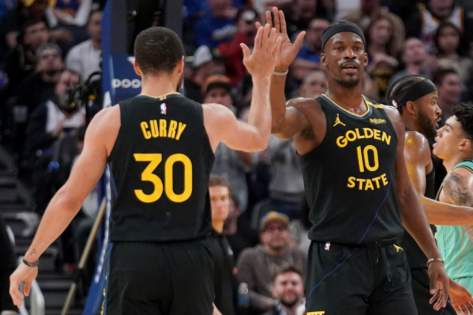If you thought the NIL landscape was wild before, you better brace yourself for this. With the NCAA’s long-awaited House v. NCAA settlement receiving final approval on Friday, the world of college sports is officially diving into uncharted waters. Starting this summer, schools across the Power 4 and other Division I schools can now directly pay up to $20.5M per year in revenue sharing. It might sound simple, but it’s more complicated than it sounds.
For quite some time, NIL sharks have already smelled blood in the water. Collectives, boosters, and athletic departments have been preloading the chamber for months. And for what? So that it’s an entirely new recruiting battlefield where deals and promises are just part of the playbook. But there’s a new player, and coaches aren’t too thrilled about it.
In a spicy segment on WBNS 10TV on June 8, Ohio State football recruiting analyst Jeremy Birmingham didn’t mince words. Talking with host Adam King, he dropped a bombshell on the schools trying to frontload contracts, including Lincoln Riley’s USC.
“USC for example… they have 27 commitments right now in the class of 2026 and the country’s number one class,” he said. “But a lot of that and a lot of those early commitments have been predicated on. Deals that are promises, and those promises now mean virtually nothing.” And that’s because of Deloitte.
Oct 14, 2023; South Bend, Indiana, USA; USC Trojans center Justin Dedich (57) prepares to snap as Notre Dame Fighting Irish defensive lineman Howard Cross III (56) defends in the second quarter at Notre Dame Stadium. Mandatory Credit: Matt Cashore-USA TODAY Sports
Birmingham went on to detail how these frontloaded deals were meant to lock in top talent before the NCAA’s new NIL enforcement mechanism, a Deloitte-led clearinghouse, kicks in. “Because the clearing house, the Deloitte Clearing House, the NIL go clearing house, whatever you wanna call it, is gonna have to approve every NIL deal over $600.” And that only adds to the nightmare.
He added, “At some juncture, you’re gonna find that that clearinghouse is just not going to agree that a player showing up for a 5-minute meeting at a bank downtown is worth a million dollars.” Well, the meaning is that if a kid’s promised a million dollars for shaking hands at a car dealership, the clearinghouse has the power to toss it out like a bad check.
“So, there’s gonna be some changes and you’re gonna see, I think, a really interesting couple of months ahead on the recruiting front for the teams that have been trying to front-load these deals in order to gain early commitments, hoping that they’d be able to do that and lock these in and get these kids signed to contracts with the different collectives before this came into effect,” Birmingham warned. “And here we go. Now it’s ready to rock and roll on June 1 or July 1, and we’re gonna see some real interesting months ahead.” And these early shady deals may be toast. Especially at a school like USC, whose flashy 2026 haul could now find itself in limbo. But USC isn’t alone.
What college football brass is thinking about Deloitte
While the $20.5M cap is supposed to level the playing field, few believe it’ll work. Per The Athletic’s Justin Williams’ report, one power conference personnel director said, “The top (football) teams are going to cost $40-50 million a year. That’s where this is going. Anyone who thinks different is nuts.” Yes, the cap only covers school-paid revenue share. But there’s still the Wild West of collectives and third-party deals, many of which now risk getting tangled in red tape.
Deloitte’s new NIL review process will reportedly have the teeth the NCAA never did. But as one power conference AD said, “It all sounds great in theory, but how will it actually work?” Because while they might have the teeth to challenge illegitimate NIL deals, no one’s betting the farm just yet.
Coaches and personnel believe athletes won’t fully report deals, boosters will push back, and legal teams are already circling. “If you tell a booster or business owner they can’t give a star player $2 million, there will be lawsuits,” the personnel director said. “There’s no enforcing this. Fair market value? F— Deloitte. This is going to get even crazier.” Nobody needs ‘crazier’ right now.
Is the NCAA dead? For now, USC and other CFB teams are playing the long game, bracing for a financial and legal arms race where the real scoreboard isn’t on the field. It’s in the spreadsheets, the courtrooms, and the collectives.
The post B1G Powerhouse Receives Bold NIL Warning as NCAA Revenue Sharing Discussions Take Serious Turn appeared first on EssentiallySports.



